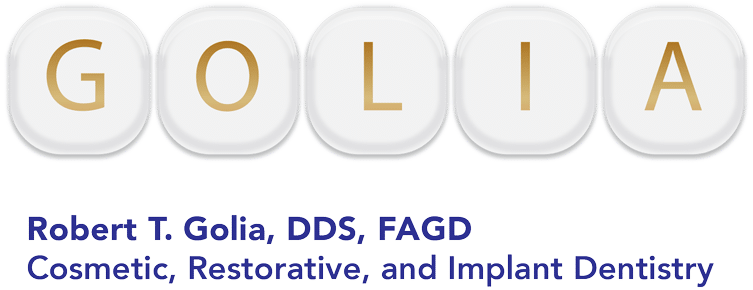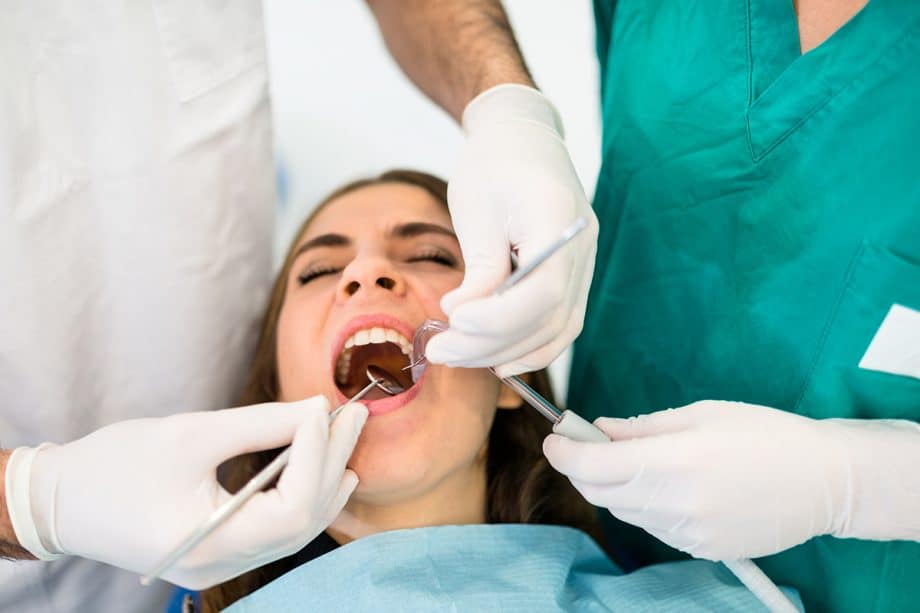A crack in your tooth underneath a crown is a significant dental emergency. You should see a dentist as soon as possible to have the best chance of saving your natural tooth. Here’s why you should seek emergency dental treatment for a crack in a tooth.
Problems Caused By Cracked Teeth
If any of your teeth crack, you should see a dentist immediately. It is always in your best interest to preserve your natural teeth, rather than having a tooth extracted. Therefore, cracked teeth need immediate treatment to prevent common problems from developing.
Increased Sensitivity of Tooth
If you have cracked a tooth under your crown that goes untreated you may begin experiencing sensitivity when you chew or bite. The sensitivity may start as mild but will likely increase in intensity.
Tooth Decay
A cracked tooth will almost certainly lead to tooth decay. Tooth decay not only causes cavities but can lead to other health problems including gum disease or a dental abscess.
Infection in the Pulp
A crack in a formerly healthy tooth or a tooth that has a crown on it is susceptible to infection that may travel into the interior (pulp) of your tooth. An infection in the pulp of your tooth will require a root canal.
Signs Of a Cracked Tooth
A tooth that cracks under a crown may lead to mild symptoms that worsen over time. Some of the symptoms of a cracked tooth include:
- Pain when eating that may come and go
- Swelling around the gum
- Sensitivity to hot, cold, spicy, or sweet foods
If you suspect you have cracked a tooth, schedule an appointment with your dentist as soon as possible. Time is of the essence when it comes to treatment, as it can mean the difference between keeping your natural tooth or losing a tooth.
Treatment for a Cracked Tooth
Treating a tooth that has cracked will depend upon the type of crack in the tooth. There are several types of tooth fractures and cracks.
Cracked Tooth
Fractures in a tooth are an indication that a tooth is weak. Small fractures that are visible but not symptomatic can be observed. Larger fractures, especially if the tooth is symptomatic, need immediate intervention. The longer you wait guarantees that symptoms will get worse. The worse the symptoms, the prognosis to save the tooth goes down. A completely cracked tooth has a crack that extends from the gum line to the chewing surface of your tooth. This tooth will almost always need a root canal, and a crown to preserve the tooth.
Cracked Crown
If the crown itself cracks it may feel strange in your mouth as if it’s not in the proper place. A crown may also completely dislodge. In most cases, a cracked crown will need to be replaced.
Craze Lines
Hairline cracks in a tooth or multiple teeth are called craze lines. These lines don’t cause pain, and unless you request treatment for cosmetic reasons, these cracks may not require treatment.
Split Tooth
A tooth that splits from below the gumline and separates the tooth into two parts is called a split tooth. Because the crack extends beneath the gum line, the tooth will not be salvageable. You will need to have the tooth extracted, and replaced with a dental implant, or dental bridge.
Fractured Cusp
A small fracture that develops near a filling is called a fractured cusp. These small cracks are generally painless, but your dentist may recommend repairing them with a filling.
Emergency Dental Care in Hamden, CT
If you’ve suffered from a dental injury, or are experiencing any type of pain in your mouth or tooth, contact us to schedule an appointment with Golia Dental today by calling 203-248-7400 .

